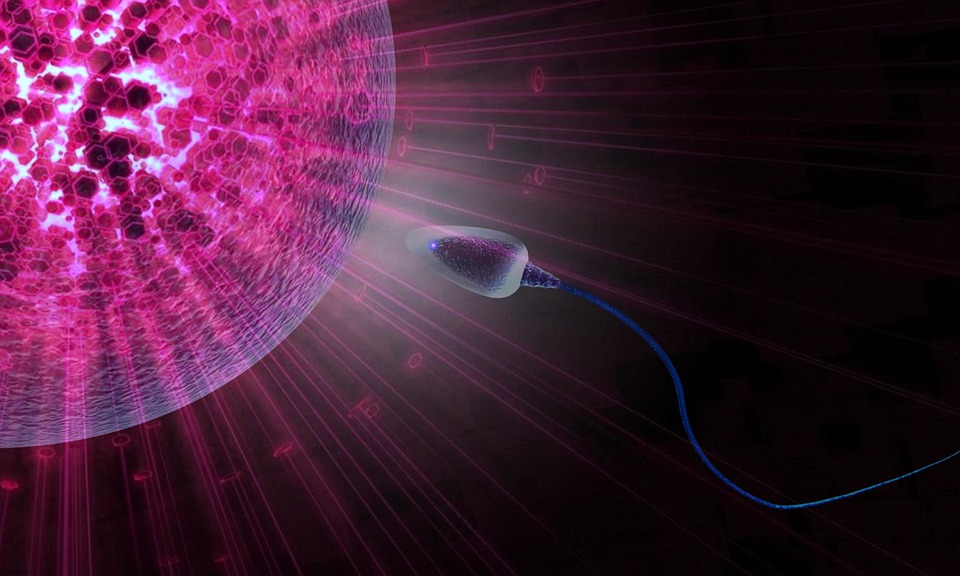What is the microscopic race in which life is literally at stake and what plays a crucial role in it?
The fertilisation of the oocyte (future egg) in the body of the female is a complex process that has many pitfalls. Hundreds of millions of sperm enter the reproductive system during ejaculation and the goal is to select only the one that is best suited to fertilise the egg. If this does not happen and more than one sperm enters the egg at the same time, a so-called polyploid embryo is created. Such an embryo carries more than two sets of chromosomes. This is a relatively common situation in plants, but in animals the polyploid embryo cannot develop further and dies in the vast majority of cases.
How can the egg defend itself against such a situation? One of its weapons is the production of cortical granules, the aim of which is to impede the protective layer of the egg immediately after fertilization and thus prevent the penetration of other spermatozoa.
Ing. Michal Ješeta, Ph.D. from the Department of Veterinary Sciences together with colleagues from the University of Medical Science in Poznań and the Veterinary Research Institute in Brno focused on the analysis of genes that may be related to this process. In their study, they evaluated the distribution of cortical granules during oocyte maturation, which were isolated from different sized follicles (fluid-filled sacs containing the oocyte).
Their work highlights differences between oocytes isolated at different stages of folliculogenesis leading to poorer fertilisation when they are not fully developmentally competent. They also found differences in gene expression, and in the distribution of cortical granules during maturation and folliculogenesis under artificial laboratory conditions. The results that the researchers were able to obtain are an inherent contribution to the current needs of modern reproductive biotechnology methods. Moreover, these data can serve as a basis for further scientific studies investigating the processes of mammalian oocyte maturation and the course of cortical reaction.
The complete scientific paper can be found here:
https://www.mdpi.com/2073-4425/11/7/815/htm
Kulus, M., Kranc, W., Jeseta, M., Sujka-Kordowska, P., Konwerska, A., Ciesiółka, S., ... & Antosik, P. (2020). Cortical Granule Distribution and Expression Pattern of Genes Regulating Cellular Component Size, Morphogenesis, and Potential to Differentiation are Related to Oocyte Developmental Competence and Maturational Capacity In Vivo and In Vitro. Genes, 11(7), 815.

